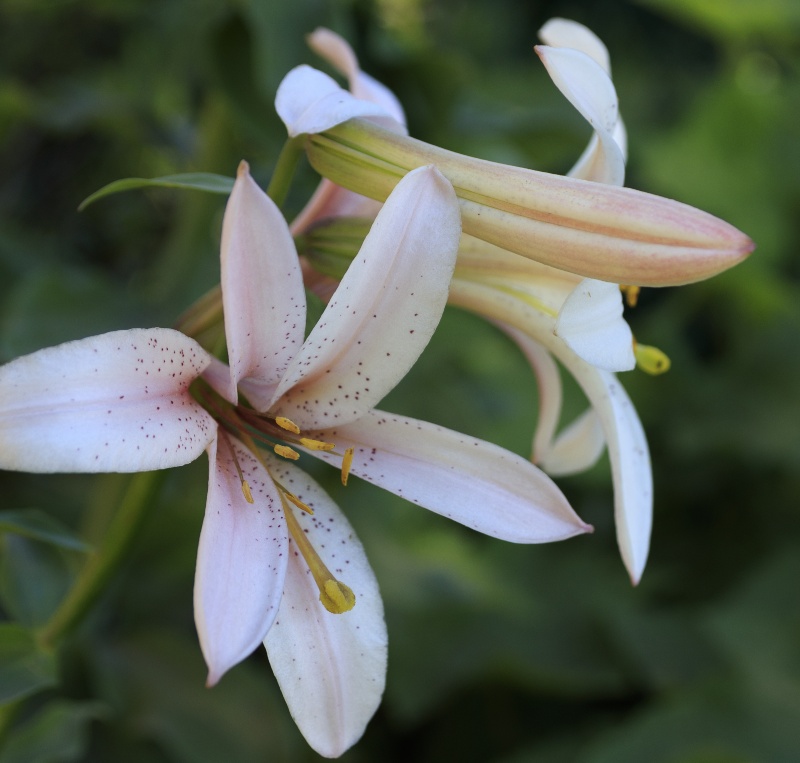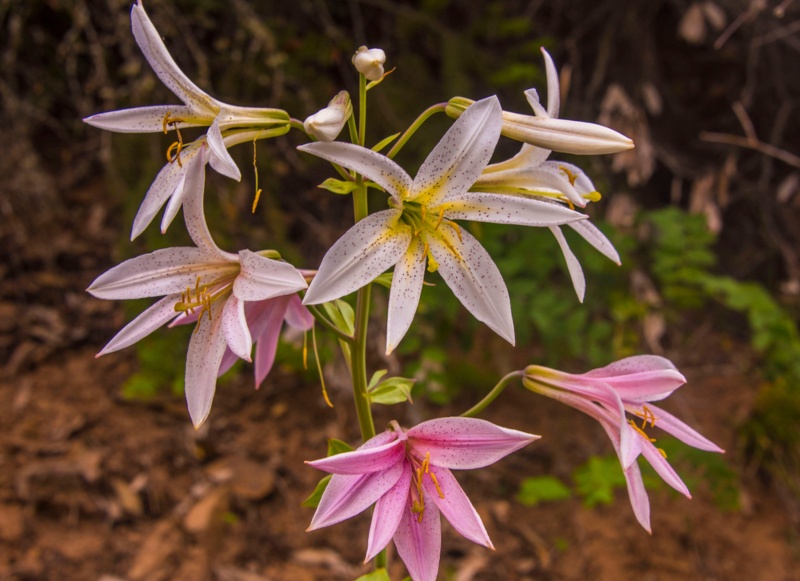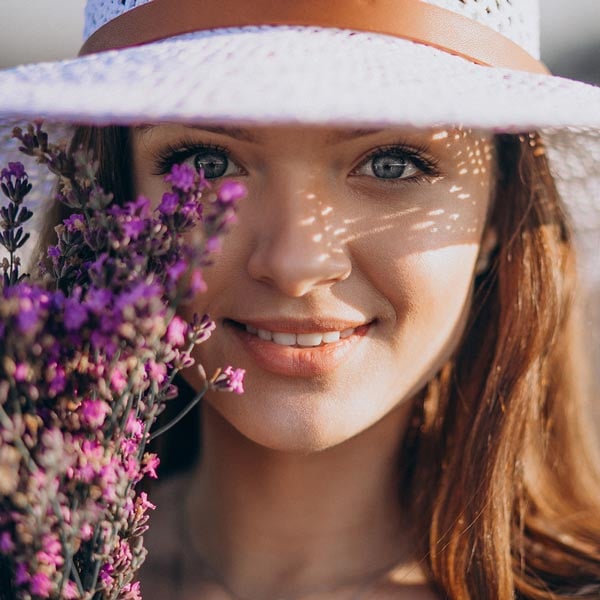Shasta Lilies belong to the genus Lilium. There are approximately 478 different species of lilies. Because lilies are native to the northern hemisphere, they adapt very well to cold weather.
They can also grow in the northern subtropics. Lilies grow from bulbs and have large, eye-catching, fragrant flowers. The plants in this genus are the true lilies.
The Shasta Lily, also known as Washington Lily (named after Martha Washington, not the state of Washington), is a beautiful and fragrant perennial plant and grows up to 6 feet tall.
Its leaves are narrow or elliptical, narrower at the tips, and 1.6 to 4.7 inches long.
These lilies come in three colors: white, pink, and purple. These plants can grow in a wide range of habitats, from the chaparral to the open conifer forest.
It can also grow at a wide range of elevations, from 1,300 to 7,200 feet. They usually bloom in late spring or early summer.
| Botanical Name: | Lilium washingtonianum |
| Common Name(s): | Shasta Lily, Washington Lily, Mt. Hood Lily |
| Plant Type: | Perennial herb |
| Mature Size: | 1 – 6 1/2 feet tall |
| Sun Exposure: | Full Sun, Partial Shade |
| Water Needs: | Low |
| Soil Type: | Well-drained semi-dry soil |
| Soil pH: | 5.2-6.8 PH |
| Bloom Time: | Summer |
| Maintenance: | Moderately low |
| Hardiness Zones: | Zones 4-9 |
| Toxicity: | Toxic to pets |
Shasta Lily Care
Shasta lilies may be grown as potted plants or in the yard. Plant Shasta lilies during the dormant season, in spring. The bulbs have no outer covering, so they must be handled with the utmost care and planted as soon as possible; otherwise, they will dry out and won’t grow. Plant them facing south if you’re in the northern hemisphere, in the sun, or in partial shade. They prefer porous, loamy soil with good drainage.
After the Shasta lily blooms, you should remove the deadheads, then prune, cut back, and mulch the plants to prepare them for the next growing cycle. Keep in mind that lily bulbs grow continuously throughout the year, and the way you care for the plant after it flowers will determine how prolific the plant will be during the following season.

Sun
Shasta Lilies prefer full sun to part shade. They love full sun and need at least six hours of sun exposure per day (the more, the better). When choosing where to plant these lilies, it’s important to remember the saying “head in the sun, feet in the shade.” Shasta lilies love the sun, but they do better if their roots are kept cool, so plant them with low-growing annuals, perennials, or grasses.
Water
During the hot months, you will need to water them two to three times a week to keep the soil slightly moist and prevent the roots from drying out. You only need to water them once or twice a month during the winter months.
Temperature and Humidity
Shasta Lilies can withstand temperatures of 30F up to 100F. These lilies can withstand temperature fluctuations up to 34F during the day and even more dramatic changes during the night. They are native to the Pacific Northwest, which means dry, hot summers and cool, wet winters in terms of humidity. In their native habitat, they are subjected to mean annual precipitation ranging between 90-125 inches.
Soil
Shasta Lilies grow naturally on dry slopes, open forests, and transmontane chaparral. To ensure the best growing conditions, they need full to partial sun and well-drained semi-dry soil.
Are Shasta Lilies Toxic?
Like most lilies, Shasta Lilies are toxic to both cats and dogs. Lilies contain toxins called cardiac glycosides, which cause vomiting and heart problems that can become permanent.
They can also cause irritation of the skin in humans, and the bulbs are toxic if ingested.
Propagation
If propagating by seed, sow outdoors during the summer, which will guarantee germination for the Spring or 3-6 months. Afterward, the seeds need 2-3 months of cold stratification. Green or fresh seeds need 6-8 weeks of warm weather (70F) stratification or until most of the seeds have formed bulblets. After the bulblets are formed, they need another 4-6 weeks of cold weather.




